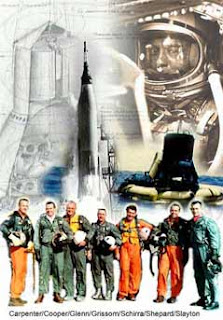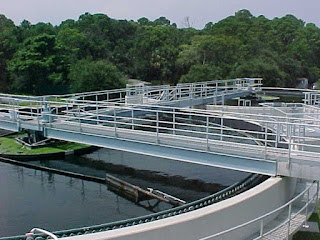Flying By Pluto

Collage of the Mercury Program. Image Credit: NASA Though I was just a little girl, I still remember the excitement surrounding the Mercury Program--the first manned space flights in America. It seemed an impossible dream that we could send men up in rockets to orbit the planet. As time went by, our explorations into space drew less attention, even becoming commonplace. But I'm still fascinated by what our country has accomplished and what we are still learning from our journeys through the universe. The National Aeronautics and Space Administration's (NASA's) New Horizons Mission is helping us "to understand worlds at the edge of our solar system by making the first reconnaissance of the dwarf planet Pluto and by venturing deeper into the distant, mysterious Kuiper Belt – a relic of solar system formation." Launched nearly nine years ago, New Horizons made an early fly-by of Jupiter for a gravity boost. Scientific data and photos of that beaut



